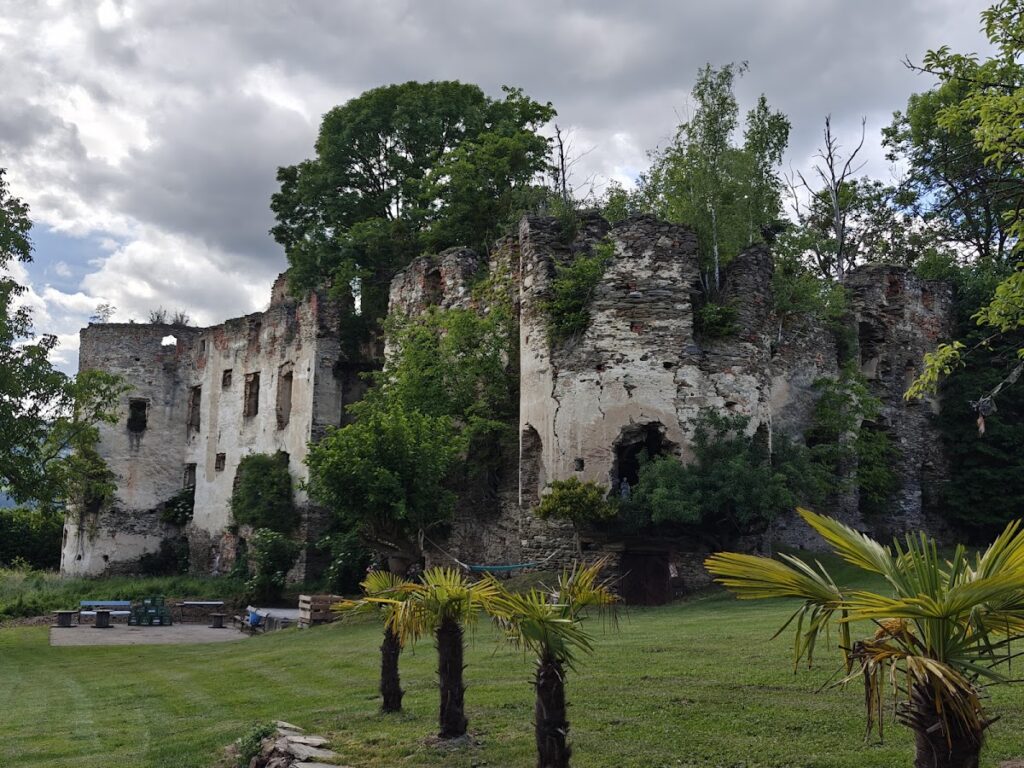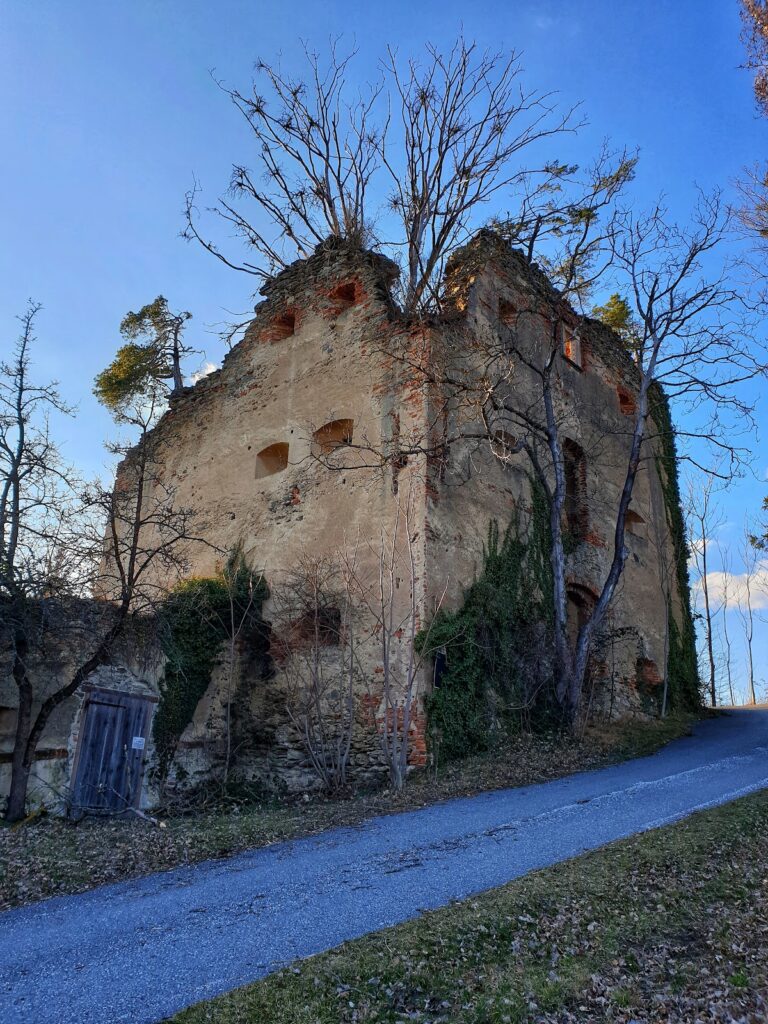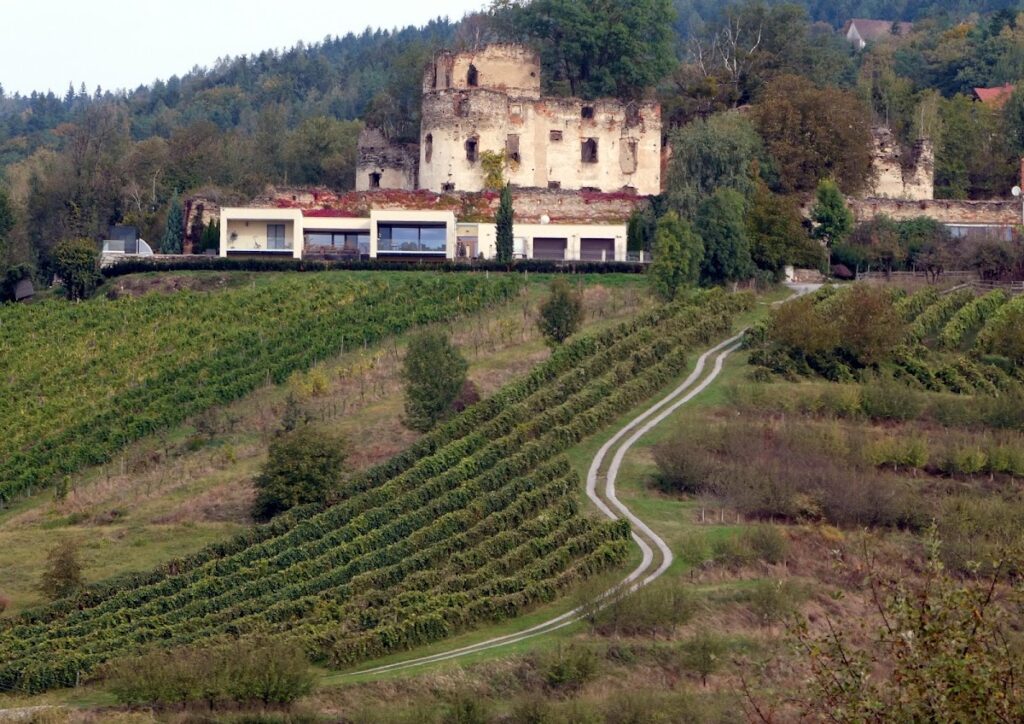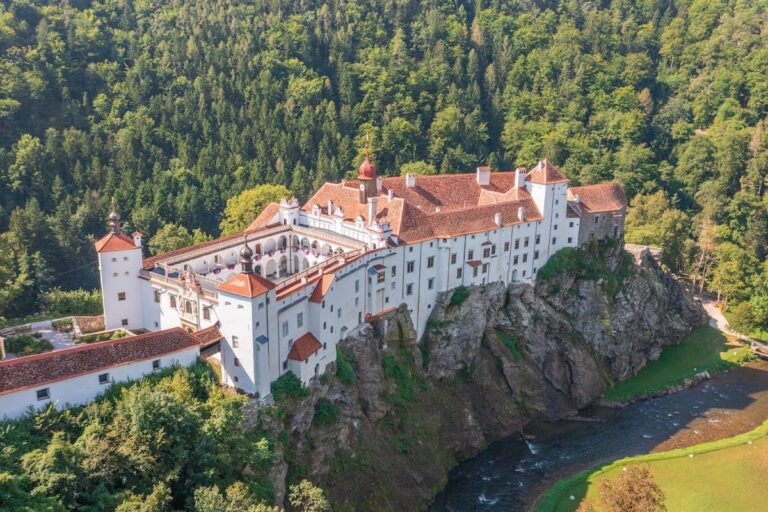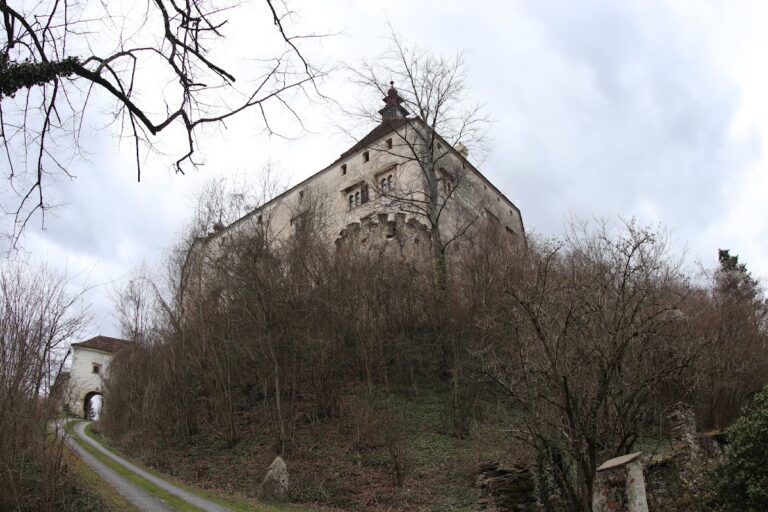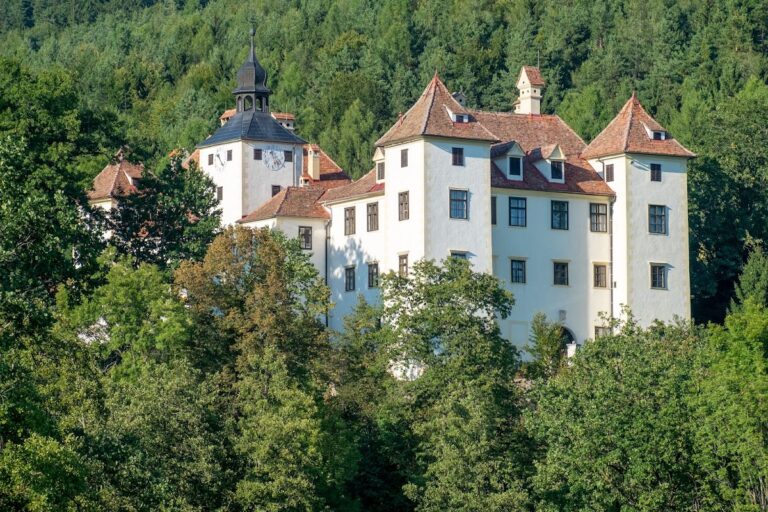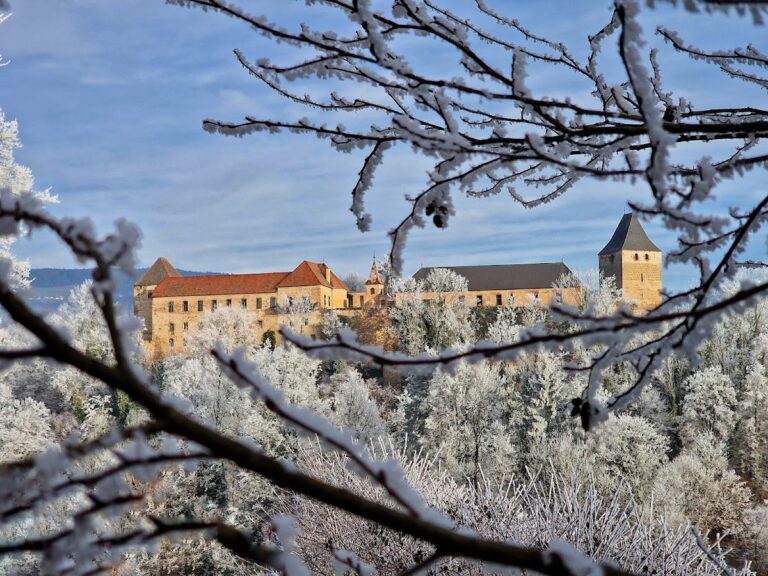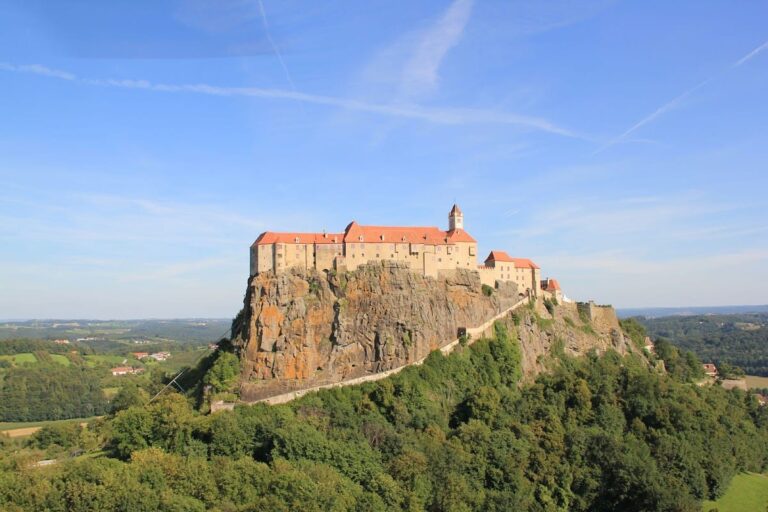Altschielleiten Castle: A Medieval Fortress in Austria
Visitor Information
Google Rating: 4.1
Popularity: Very Low
Official Website: wikip.one
Country: Austria
Civilization: Unclassified
Site type: Military
Remains: Castle
History
Altschielleiten castle is located within the municipality of Schielleiten in modern-day Austria. It was established by the medieval Stubenberg family in the late 13th century as a fortified stronghold intended to protect their primary residence, Schloss Stubenberg, from threats approaching from the east. This construction reflects the strategic defensive needs of noble families during that period.
The lords of Schielleiten were first recorded in 1328 as vassals serving under the Stubenberg family. This lineage continued until the end of the 14th century, concluding with the death of Wulfing von Schielleiten before 1400. Following this, ownership of the castle passed to the Rindschaid family, also vassals to the Stubenbergs, who held the property from roughly 1400 through 1629. During this era, Altschielleiten emerged as a center of Protestant worship in the Styria region. This religious affiliation ultimately led to the compelled exile of the Rindschaid family’s female heirs in 1629, as authorities sought to suppress Protestant influence.
After the Rindschaid tenure, the castle came under the ownership of Carl Graf Saurau from 1629 until 1694. Subsequently, the property was transferred to the counts of Wurmbrand-Stuppach, who maintained possession until 1906. Around 1730, the Wurmbrand-Stuppach family initiated construction of a new residence known as Schloss Schielleiten at the base of the hill on which the old castle stood. This development corresponded with the gradual abandonment of the original fortress.
Economic factors impacted the structure’s upkeep over time. A roof tax imposed on the castle led to the deliberate removal of its roof, accelerating its decline as exposed walls suffered the effects of weather. Building materials salvaged from the site were sold, hastening its deterioration into ruin by the early 19th century, with reports from 1813 describing it as already in a state of considerable decay.
The site has remained under private ownership through the centuries. The Wurmbrand family held it until 1905, after which it passed into the hands of Josef Stelzer and Hermine Schreiner. Beyond its residential functions, the ruin served as a cultural venue for an annual summer festival known as the Burgfest. Despite parts of the structure still being inhabited, the castle is not accessible to the general public. A nearby village also houses an earth cellar (Erdstall), reflecting the continued historical landscape of the area.
Remains
Altschielleiten castle is arranged within a rectangular perimeter defined by defensive curtain walls and square towers. This regular, rectangular configuration highlights its design as a fortified site intended to provide comprehensive protection, compensating for its lack of natural defenses. The outer walls, impressive in scale, exceed five meters in height and measure over two meters in thickness, underscoring the emphasis on fortification.
At the heart of the castle lies an inner courtyard enclosed by four residential wings. This courtyard is an arcade courtyard, a design characterized by a series of arches supported by columns or piers surrounding the open space. Within this complex, a square tower forms part of the residential and defensive structures, reinforcing the castle’s layered security and living quarters.
The castle underwent significant transformation around the mid-16th century when it was rebuilt as a Renaissance fortress. Although updated to reflect contemporary military architecture of that period, it retained the original rectangular layout and continued to feature robust fortification walls.
By around 1930, key architectural elements such as the arcade courtyard and the castle chapel, which dates back to the 15th century, remained relatively well preserved. The chapel’s survival offers valuable insight into the spiritual life and architectural styles of the late medieval period within the castle.
Built primarily of stone, the castle’s construction reflects standard materials of the time, chosen both for durability and defense. No specific carved decorations or inscriptions have been recorded, suggesting a focus on function over ornamentation.
The grounds of the old castle exist near the new Schloss Schielleiten, constructed at the foot of the hill by the Wurmbrand-Stuppach counts in the 18th century. This spatial juxtaposition illustrates the evolution of noble residences from fortified medieval castles to more modern, comfortable dwellings.
Additionally, the nearby village hosts an earth cellar known locally as an Erdstall. These subterranean passages, often used for storage or refuge, contribute to the cultural and historical context surrounding Altschielleiten, although they are separate from the castle ruins themselves.
